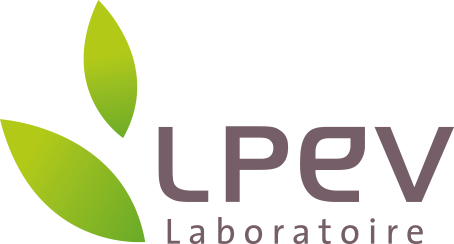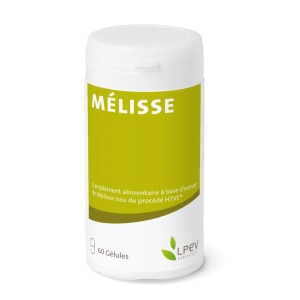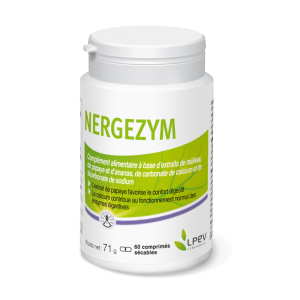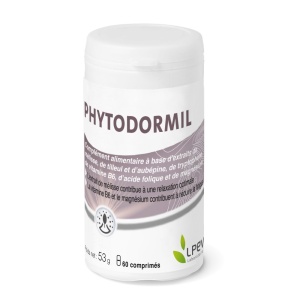This is a demo store. No orders will be fulfilled.
Botanique
La mélisse est une plante herbacée vivace, d’une hauteur de 40 à 80 cm. Commune en Europe, on la retrouve dans les lieux frais et ombragés jusqu’à 1000 mètres d’altitude. Elle comporte de nombreuses tiges à section carrée qui portent de larges feuilles opposées, ovoïdes, gaufrées, crénelées, longuement pétiolées, de couleur vert foncé sur le dessus et vert pâle en dessous. Les fleurs bilabiées, de couleur blanche ou rose, groupées en verticilles à l’aisselle des feuilles, apparaissent de juin à septembre. Fleurs et feuilles dégagent une odeur très agréable et très fraîche, rappelant celle du citron. Le fruit, qui contient des graines luisantes brun foncé, est entouré d’un calice velu persistant. Les feuilles sont récoltées juste avant la floraison en mai-juin ou en septembre lors d’une deuxième récolte.
L’origine du nom scientifique de la mélisse (melissa, qui signifie « abeille » en grec) rappelle que son nectar est avidement recherché par les abeilles. Originaire de l'Asie Mineure, la mélisse a été utilisée traditionnellement depuis Hippocrate (IVème siècle avant JC), Théophraste (IIIème siècle avant JC) et par Paracelse (XVème siècle). Introduite en France au Moyen-Âge, elle entre dans la composition de plusieurs préparations alcoolisées, telles que la bénédictine, la chartreuse ou l’eau des Carmes.
Principales indications
En rapport avec ses actions protectrices au niveau du système gastro-intestinal
- Aide à soutenir et faciliter la digestion
- Contribue à la fonction normale du tractus intestinal
- Aide à apaiser les crampes intestinales
- Contribue au confort digestif
En rapport avec son action relaxante
- Contribue à un repos bon et calme
- Aide à maintenir une humeur positive et un bon fonctionnement cognitif
- Contribue à un sommeil sain
- Aide à favoriser la détente avec un effet calmant
- Aide à trouver un meilleur sommeil
- Traditionnellement utilisé pour diminuer la tension nerveuse et l'irritabilité
Associations de plantes avec MELISSE Feuille
- Rhodiole
- Curcuma
- Romarin
- Marjolaine
- Réglisse
- Passiflore
- Artichaut
Avertissements d'usage
Précautions d'emploi et contre-indications
- Des cas de dermatite, de rougeurs locales, de paresthésie, d’irritation cutanée et de pigmentation résiduelle ont été décrits suite à une application topique (cosmétique).
- Suite à l'application de mélisse sur la peau, des cas d’irritation et d’exacerbation des symptômes de l’herpès ont été décrits.
- Des cas de nausée et de diarrhée ont été rapportés.
- Les femmes enceintes et allaitantes sont invitées à prendre l’attache d’un professionnel de santé avant toute complémentation.
- En l’absence de données, avant l’âge de 12 ans, éviter de consommer un complément alimentaire contenant une préparation à base de cette partie de plante.
Interactions médicamenteuses
- Augmente les effets hypnotiques des barbituriques,
- Réduit l’efficacité des traitements du glaucome,
- Interfère avec les traitements de substitution aux hormones thyroïdiennes,
- Altère la fixation de certains traitements aux récepteurs nicotiniques et muscariniques,
- Interagit avec les inhibiteurs sélectifs de la recapture de la sérotonine (citalopram, escitalopram oxalate, fluoxétine, paroxétine).
Ces données, non exhaustives, sont issues de la littérature scientifiques. Elles peuvent être amenées à évoluer dans le temps en fonction de nouvelles données
Références bibliographiques
Afficher les références bibliographiques1. DROSSMAN DA. The functional gastrointestinal disorders and the Rome III process. Gastroenterology. 2006 ; 130 (5) : 1377-90.





